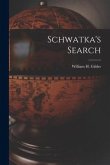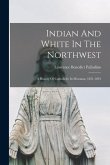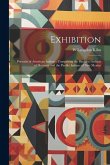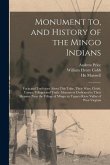The Native American is facing mathematical genocide. The extinction of a race of people is not coming with bloody atrocities or war but with a simple mathematical fraction. Most tribes will experience the end of federal recognition within one generation, when the last enrollable Indian child will be born. The clock is ticking. In Indian Country, the impact of blood quantum has been contentious, dehumanizing and polarizing. One-quarter Indian blood means an individual's connection or disconnection within the tribal community. Blood quantum has become so ingrained in tribal people that it has been taken as tribal tradition and people will vigorously fight to preserve the continued institutionalization of this foreign notion. In Search of Blackfeet Identity: A History of Blood Quantum provides a brief history of the federal governments use of degree of blood to identify who is a Native American. The book is meant to provide the reader with examples of federal policy that would become the foundation of using blood quantum to identify who is an Indian. The Base Rolls of the Blackfeet Tribe of 1935 is an example of the information required by the federal government to identity who was a member of the Blackfeet Tribe. The information on these rolls was based on the Indian Affairs Department census and land allotment rolls required by the Dawes Act of 1887, more commonly known as the General Allotment Act. This book also has a practical use. It may be able to help provide those who are searching for their relatives or building their family genealogies with yet another resource. Knowing where you come from it important to a Native American.







